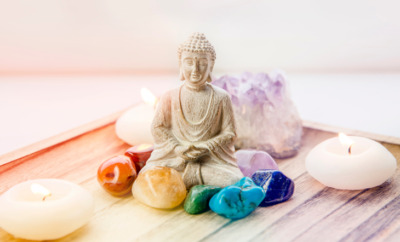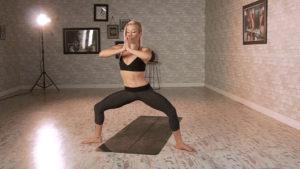5 Yoga Practices For Balancing the Sacral Chakra
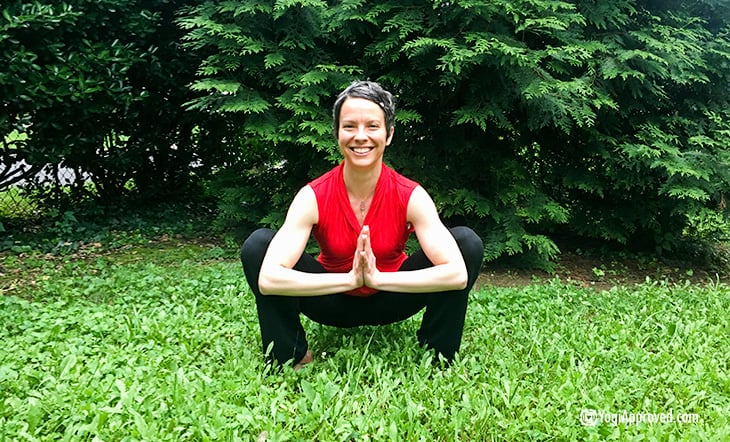
The Sacral Chakra teaches us about our need to connect with others and how to experience pleasure in our lives.
When we feel stuck, we often isolate ourselves or seek to escape to a world of fantasy. This creates a cycle of feeling alone and disconnected.
If we find it difficult to connect and experience lasting pleasure, we may become addicted to food, alcohol, drugs, shopping, video games, social media, gambling, sex, or any other activity that creates a momentary burst of pleasure.
If you or someone you know has an issue with addiction, here are 10 Yoga Poses That Can Aid In Addiction Recovery
Yoga teaches that true pleasure comes from within and its supply is unlimited. We glimpse this wellspring of pleasure in meditation or even in savasana when we feel content despite the absence of pleasurable objects and addictive behaviors.
Our ability to adapt and flow with our lives (as we have created them) connects to the energy of the Sacral Chakra.
Located around the lower pelvis, womb, and genitals, the Sacral Chakra is a center for creativity, sexuality, and desire. Issues of imbalance include isolation, conflicted sexual desires, feeling victimized, and addictive behaviors.
Our ability to adapt and flow with our lives (as we have created them) connects to the energy of the Sacral Chakra.
Regaining our equilibrium takes work and often (in the case of addictive behaviors) the support of mentors, partners, peers, and family. Relationships are important for finding balance in the Sacral Chakra.
Alongside reconnecting to others and building relationships, yoga teaches us to activate the Sacral Chakra energy by moving our hips and creating a balanced flow.
Through the following five practices, you can bring more balance to this chakra and activate Sacral Chakra healing.
Here Are 5 Sacral Chakra Healing Yoga Practices For Creativity, Joy, and Flow:
These practices include a hand gesture (mudra), a healing sound (mantra), and three yoga postures (asana) for greater sacral chakra balance.
1. Squat Pose (Malasana)
In Squat Pose, you bring your hips towards the earth and lift your heart towards the sky. Stay in this pose for five to ten breaths to build strength in your feet and flexibility in your ankles, knees, and hips.

As you squat, play with engaging the muscles of your pelvic floor so that you suspend yourself in the position with grace and strength. You can make a dynamic sequence by moving into Standing Forward Fold (Uttanasana) from squat pose and back down into Squat Pose from Standing Forward Fold.
2. Bound Angle Pose (Baddha Konasana)
In addition to providing a generous stretch for your inner groins and thighs, you can integrate an easy flow in this pose. Experiment with fluttering your knees up and down a few times. Then hold the position with your knees wide open and bow your heart and head forward towards your feet. Roll up through your spine to come back upright, then repeat this spinal roll a few times.
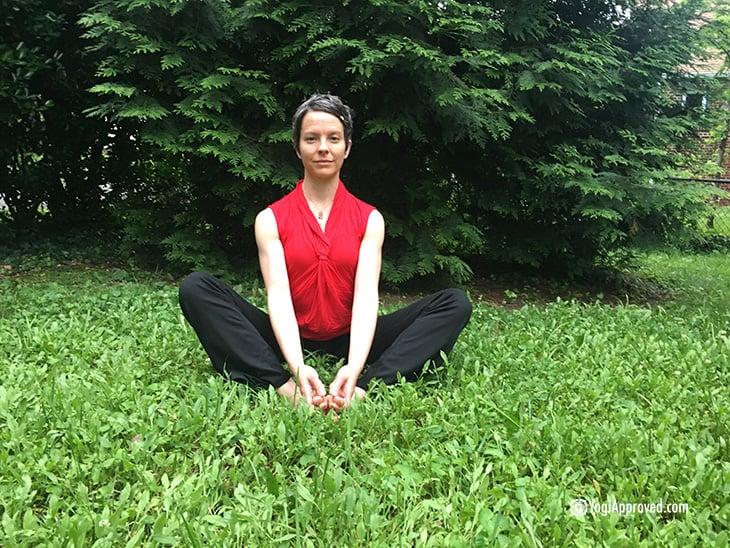

3. Break of Day Mudra (Ushas Mudra)
This mudra can be done from a seated position with your hands resting easily in your lap. To form the mudra, interlace your fingers with your left thumb on top gently pressing into your right thumb (men should practice with the right thumb on top).
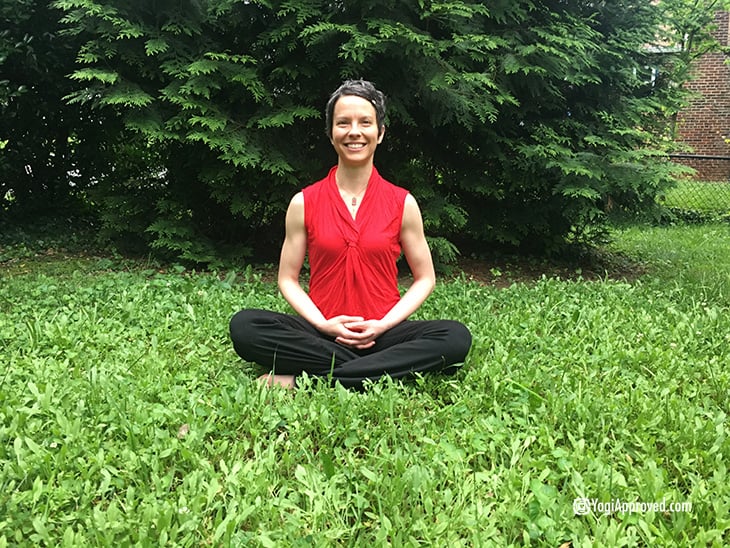
Holding the mudra for five to 15 minutes after waking in the morning will cultivate a tranquil mood by balancing your hormones. This mudra is referred to as the “Break of Day Mudra” because it helps bring mental alertness and feels pleasurable to practice.
Want to learn more about mudras? Read Common Mudras, Their Meaning, and How to Practice Them
4. Camel Pose (Ustrasana)
This posture provides a wonderful stretch for your hip flexors (psoas muscle) and energy from the earth surges into your body. Protect your spine in this posture by engaging the muscles of your core. Draw your naval towards your spine and lengthen your tailbone towards the earth as you move into the backbend.

If you feel any strong compression in your lower back, support your lower back with your hands rather than reaching for your feet. If you feel any compression in your neck, keep your chin tucked towards your chest rather than opening your throat to the sky.
Hold the pose for five or more slow, deep breaths. To come out of the pose, support your lower back with your hands and lower your hips to your heels to rest before moving on.
5. VAM (Svadhisthana Bija Mantra)
Audio Player
In addition to body positions and breathing techniques, yoga also gives us sound and vibration to work with imbalanced energy. The Sacral Chakra vibrates with the sound “VAM” (pronounced V-UH-M).
For the greatest impact, chant this sound aloud while you focus your attention on your lower pelvis. If you are in a public space, try chanting the mantra silently.
Interested in learning more about chanting? Here’s Everything You Need to Know About Chanting
Connect With Your Sacral Chakra to Find Pleasure In the Flow of Your Life
You have everything you need inside of you – that is the ultimate teaching of yoga. The flowing water in a stream holds the same elements as the cells inside of your body.
Connect to this notion whenever you feel the need to seek pleasure outside of yourself and use these practices as you see fit.
Have fun assessing your chakra balance using this online chakra quiz.


This Month's Letter
From the Editor
Monthly motivation and food for
thought from our founder.








